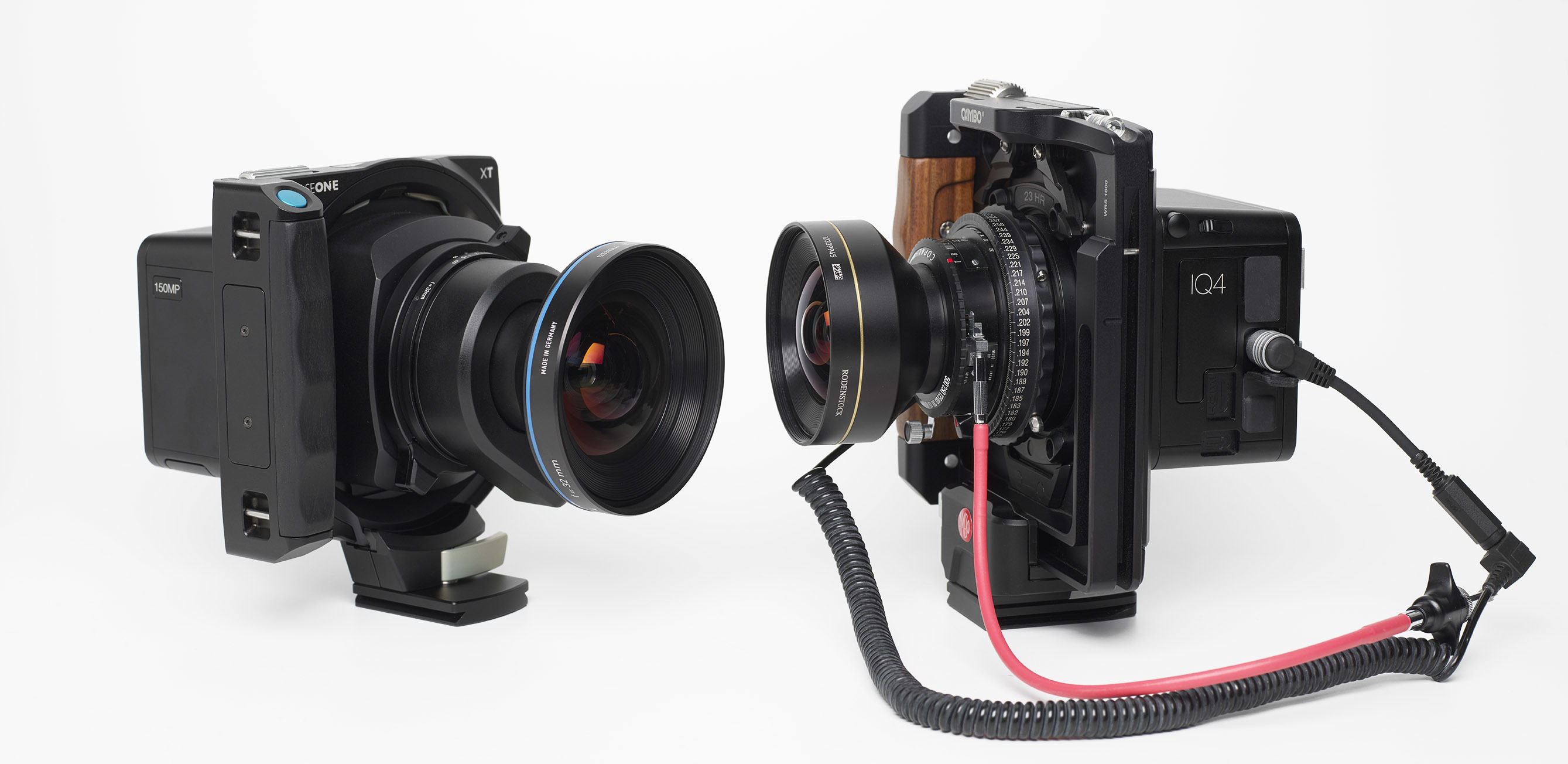We spent several days with the Phase One team in Copenhagen to experience the ultimate landscape camera; the XT Camera System.
Often I scoff at marketing “spin”, but the new tagline for this camera is seek extraordinary, and it really seems apt.
To create this rather special camera Phase One have called on the expertise of the Dutch company Cambo. The result melds mechanically geared movements on the camera body, with a newly developed electro-magnetic shutter, and all of this communicates directly to an incomparable Phase One IQ4 digital back.
This is why Phase One is calling the XT the world’s first fully digital field camera.
I think that makes sense. The word “technical camera” really never articulated what that style of camera is for, and I think most people just associated the name with the technical prowess a photographer needed to work with these cameras!
That meant you had to be a very technically-minded person to really "mesh" with these cameras, something I know is a struggle a lot of creative people.
With the XT, repetitive technical tasks of photographing in this style disappear, and you get to focus on creating the very best images possible.
There is a great deal to cover with the system, particularly if you are not currently familiar with technical style camera or medium format. For those who want a remarkable camera that can produce the ultimate image quality read on, and of course contact us for even more information.
Comparing the Phase One XT to previous camera systems
In the past if you wanted the pleasure of using extreme wide angle lenses on medium format, or wanted rear movements to correct for vertical and horizontal distortion (more on that later), you required the following:
- a Phase One digital back (ideally full-frame 645),
- a Cambo, ALPA, ARCA-SWISS or Linhoff technical camera body,
- a digital large format lens from Rodenstock or Schneider (the latter no longer in production),
- a mechanical Copal Shutter (no longer in production) mounted to the lens,
- a selection of cables to connect the lens to the back, and
- a plunger style shutter cable.
To take the photograph you open the iris, enter live view on the back to compose and focus, close the iris, set the aperture and shutter speed on the shutter barrel, cock the shutter, pre-trigger the digital back to ready it for the capture, and then press the plunger to take the shot.
So just a bit to remember!
Have you ever tried to capture the dying shafts of sun in a spectacular location for the perfect landscape photograph? Imagine trying to complete all those steps above (and not forget any) while the sun drops lower and lower - it can be quite stressful!
Many photographers are very proficient with this workflow, particularly architecture and interiors photographers who do this day-in day-out.
The resulting images of course are spectacular. But Phase One thought there was room for improvement.
The XT camera system negates the stress by combining the best attributes of these cameras with Phase One’s unique digital know-how.
For me, the system is a dream to use in the field, and the epitome of simplicity. Grab the camera out of your bag, attach it to your tripod (or not!), half press the shutter button and live-view starts, adjust your exposure, frame and focus your shot, then full press the shutter and immediately you are previewing an image. It kind of feels like magic.

Framing and focussing
With the focus peaking turned on it is very easy to check focus during composition. Rolling the focus dial backward and forward once is generally enough to get it locked in.
For levelling the camera there is a new horizon tool. As soon as you are level in all planes the lines on the screen change colour and you are good to go. No more checking bubble levels at inconvenient heights!
The customisable grid view can be quickly turned on to help with your composition as well.
Camera movements for perspective correction
I won't let this blog become a lecture on in-camera perspective correction, but if you are interested in technical cameras you probably know how that works, and why getting perspective correct in-camera is better than stretching pixels by using software perspective correction tools!
There are two geared thumb dials on the rear of the Phase One XT Camera body that smoothly control shift up and down and side-to side. The XT offers up to 12mm in each direction.
This is a little less than the very popular Cambo WRS-1600 Technical Camera which offers 20mm in each direction. The reason for this is that Phase One only wanted to allow movements up to a point where they felt they could achieve excellent image quality and limited vignetting.
For our testing we found 12mm to be more than enough for some quite serious perspective correction, and not having to worry about the extreme edge performance again allowed me to just relax and focus on the creative aspect of shooting.
The Phase One XT Camera System is available to demo though Specular now. Get in touch with our team in Melbourne or Sydney to discover more.